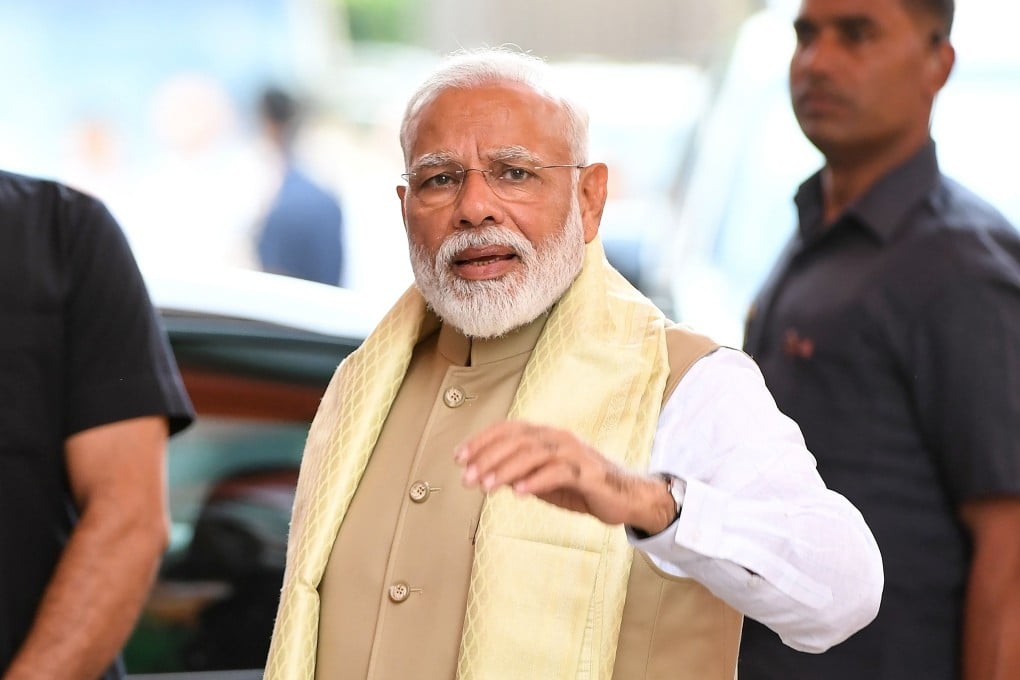Advertisement
Explained: India’s massive elections are over so where does that leave Narendra Modi as counting day looms?
- Modi appears poised to retain power despite a flailing economy, an unprecedented job crisis and a rise in Hindu right-wing violence
Reading Time:3 minutes
Why you can trust SCMP

The six-week long Indian election culminates on Thursday when more than 600 million votes will be counted, revealing which party will form the next government.
Ultimately, the elections will determine whether Prime Minister Narendra Modi retains power despite a flailing economy, an unprecedented job crisis and a rise in Hindu right-wing violence against minority groups.
The elections involved 8,049 candidates from 677 different political parties wooing more than 900 million eligible voters over seven different phases, the last of which took place on May 19.
Advertisement
For the first time in possibly decades, the polls have become a de facto referendum on Modi, with his Hindu nationalist Bharatiya Janata Party (BJP) trying to cash in on his popularity. It was also a campaign dominated by the stand-off with Pakistan, even as India confronts an unemployment crisis, an economy slowdown and a severe drought across many regions.
What made these elections unique?
Modi and his BJP sought to transform the polls into a presidential-style election while making “leadership” the defining issue. This was aided by the fact none of the opposition parties offered a candidate for the prime ministership.
Advertisement
Select Voice
Choose your listening speed
Get through articles 2x faster
1.25x
250 WPM
Slow
Average
Fast
1.25x